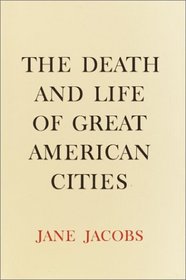A seminal work of urban theory that is wonderfully written and wonderfully provocative of thought. One of the treasures of American thought.
A well-argued and compelling argument for making cities liveable. A timeless classic.
I loved this book. It introduced me to a whole new way of thinking about city planning.




